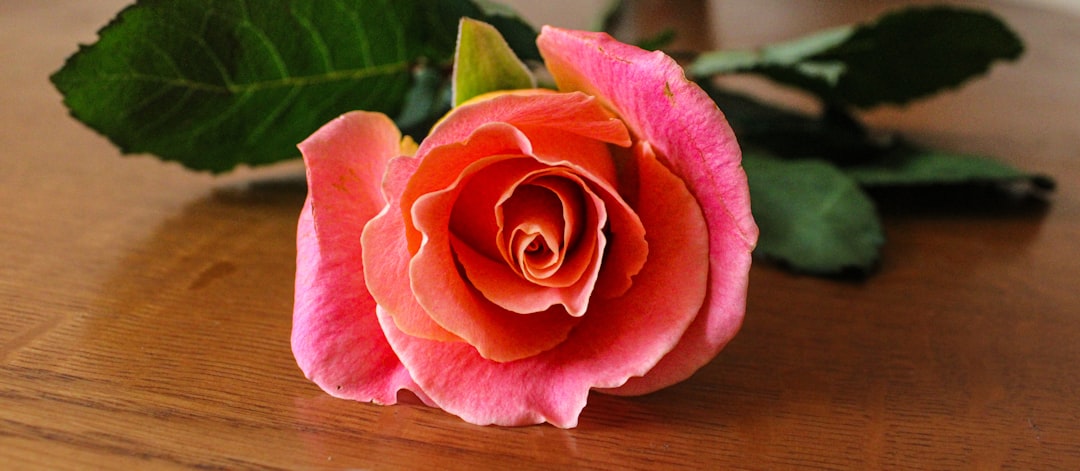Transform Your Yard with DIY Compost Bins

In the world of gardening, there's a hidden gem that not only enriches your soil but also contributes to a healthier planet: DIY compost bins. Creating your own compost bin is a rewarding endeavor that offers numerous benefits for your garden and the environment. In this article, we'll guide you through the process of making a DIY compost bin and show you how it can transform your yard.
### Why Composting Matters
Composting is the natural process of decomposing organic materials, such as food scraps, yard waste, and leaves, into a nutrient - rich soil amendment called compost. This compost is like black gold for your garden. It improves soil structure, allowing it to hold more water and nutrients. This means your plants will have better access to the resources they need to grow strong and healthy.
From an environmental perspective, composting is a crucial step in reducing waste. Instead of sending organic materials to landfills, where they produce methane (a potent greenhouse gas), you can recycle them into something useful. By diverting organic waste from landfills, you're helping to reduce the carbon footprint associated with waste management.
### Materials for Your DIY Compost Bin
Making a DIY compost bin doesn't require a lot of specialized tools or materials. Here's what you'll need:
- Wooden pallets: These are easily available, often for free, from local stores. They can be used to construct the frame of your compost bin.
- Wire mesh: This will help contain the compost and allow for proper airflow.
- Zip ties or nails: To secure the wire mesh to the wooden pallets.
- A shovel and a pitchfork: For turning the compost.
### Step - by - Step Guide to Building Your Compost Bin
Step 1: Choose a Location
Select a level area in your yard that gets partial sunlight. This area should be close to a water source, as you'll need to keep the compost moist. It should also be easily accessible so that you can add materials and turn the compost regularly.
Step 2: Assemble the Pallets
Arrange the wooden pallets in a square or rectangular shape. If you're using nails, nail the pallets together at the corners. If you prefer, you can use zip ties to connect them. Make sure the structure is stable.
Step 3: Attach the Wire Mesh
Wrap the wire mesh around the outside of the pallet structure. Use zip ties or nails to secure the mesh to the pallets. Leave one side of the bin open or create a door for easy access. This will make it convenient for you to add materials and remove the finished compost.
Step 4: Start Adding Materials
Begin by adding a layer of twigs or small branches at the bottom of the bin. This will help with drainage and airflow. Then, start adding a mix of green materials (such as grass clippings, vegetable scraps, and coffee grounds) and brown materials (like leaves, straw, and shredded newspaper). Aim for a ratio of about 3 parts brown to 1 part green.
Step 5: Maintain the Compost
Keep the compost moist, but not soggy. You can water it occasionally, especially during dry periods. Every few weeks, use a pitchfork or shovel to turn the compost. This helps to aerate it and speeds up the decomposition process. Over time, you'll notice the materials breaking down into a dark, crumbly substance.
### Using Your Compost
Once your compost is ready (usually after 3 - 6 months), you can use it to enrich your garden soil. Spread a layer of compost around your plants, mix it into the soil before planting, or use it as a top - dressing. Your plants will thank you with lush growth, vibrant blooms, and delicious produce.
In conclusion, making a DIY compost bin is a simple yet impactful way to care for your yard and the environment. It's a project that anyone can undertake, regardless of their gardening experience. So, roll up your sleeves, gather your materials, and start creating your own compost bin today. Your garden and the planet will be better off for it.